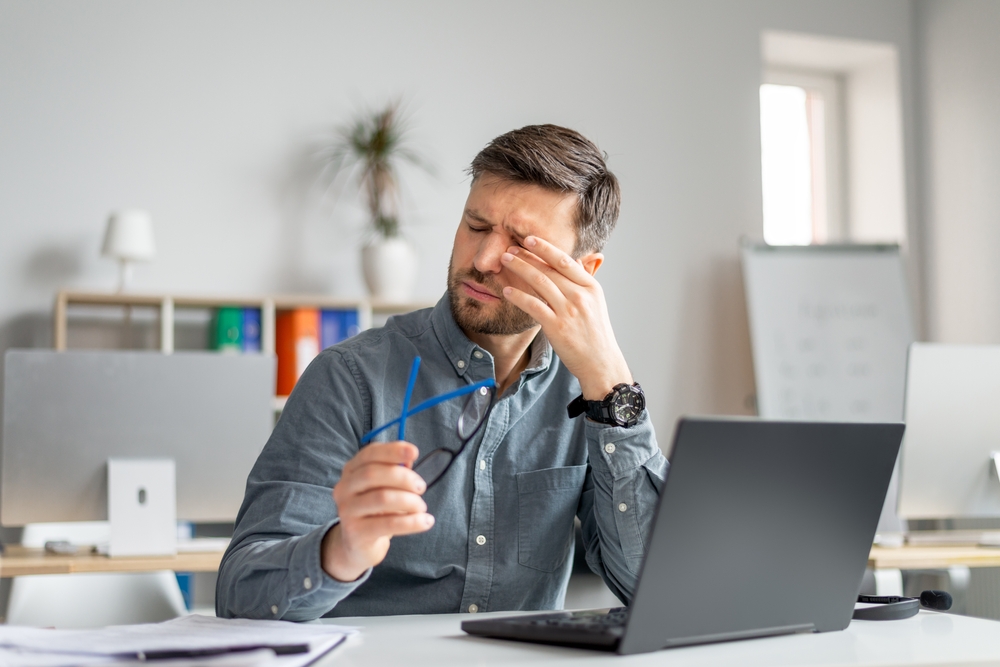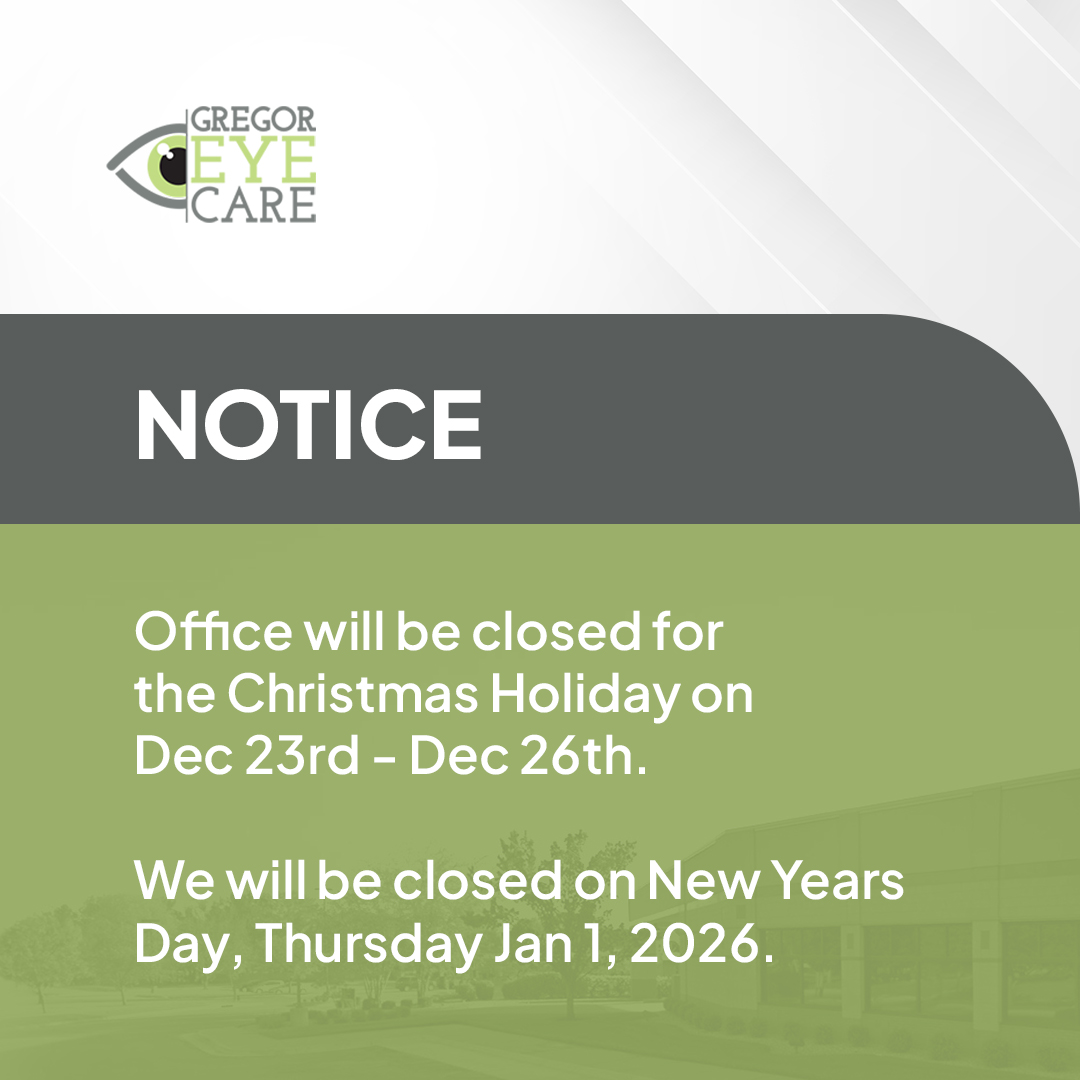
Your eyes need tears to provide comfort and stay healthy. When the eyes do not produce enough tears or lack a component, it leads to dry eyes. The condition can be painful and interfere with your daily activities. Therefore, it is vital to learn more about dry eyes. It will help you prevent it from occurring or recurring.
What Are Dry Eyes?
It is a condition that leads to the production of low-quantity or low-quality tears. It results in various symptoms. These include:
Blurred vision
Stinging or burning of the eyes
A gritty feeling
Light sensitivity
Redness
Strings of mucus in or around the eyes
Pain when wearing contact lenses
The condition is a result of various causes. These include diseases, allergens, looking at a computer screen too long, and prolonged use of contact lenses. It may also result from taking beta-blockers, diuretics, antihistamines, and sleeping pills. Also, take caution when taking anxiety or antidepressant medications.
Diagnosis
The diagnosis of dry eyes begins with an eye exam. The doctor will check how you blink and examine the eye surface and the eyelids. There are other tests that the doctor can perform, but a common one involves the administration of eye drops to dilate the pupil. The procedure is painless and without complications. It can provide information like the following:
The rate of evaporation of your tears
The tear amount your eyes are making
The eyelid structure
Before performing the above tests, your eye doctor will review your medical history. They will also ask about any medication or supplements you are taking.
Treatment
There are different treatment approaches for dry eye. These aim to maintain your health, restore adequate tear levels, and reduce discomfort or dryness. The treatment depends on the cause or underlying factors. It may include conserving tears, adding tears, increasing tear production, or treating the cause. Here is a look at the different approaches.
Adding Tears
The approach deals with mild cases of dry eyes. It uses over-the-counter artificial tears. When using this method, avoid eye drops with additives or preservatives. They can cause more eye irritation. Also, use the eye drops in the same way you would use sunscreen—apply them before doing activities that can irritate your dry eyes.
Conserving Tears
It involves blocking the tear ducts that drain tears from the eyes. It can use tiny gel-like or silicon plugs. Another more permanent way is surgically closing the tear ducts. There is also the use of special contact lenses that will conserve your tears and prevent them from fast evaporation.
Treating Underlying Causes
The approach may involve using antibiotics to fight the bacteria causing a condition resulting in dry eyes. The doctor may also alter your treatment plan to cut or switch medication.
Prevention
To prevent dry eyes, you may need dietary changes. Add omega-3 fatty acids or vitamin A to your diet. These will also help treat existing dry eye cases. Sources of these include cheese, oily fish, liver, green leafy vegetables, and eggs.
For more on diagnosing, treating, and preventing dry eyes call Gregor Eye Care at (913) 685-0212 to reach our office in Overland Park, Kansas.









